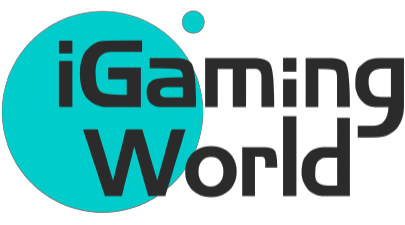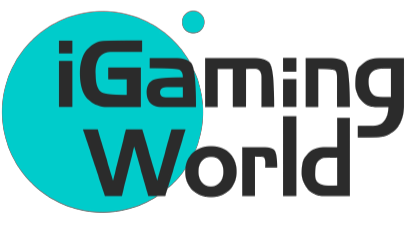According to a survey conducted in France, there has been an increase of moderate and excessive gambling among young people since 2014.
In partnership with Concordia University in Montreal, the survey was conducted using Zoom with 5,000 teens aged 15-17.
Over a third (34,8%) of respondents said that they gambled once or more in the last 12 months.
In the survey conducted in 2014, 32.9% said that they gambled within the last year.
The Canadian Problem Gambling Index determined that of the sample who claimed to gamble in the last year, 12.9% had been classified as high-risk players, while 21.9% were excessive gamblers. The combined number of underage gamblers who were moderate-risk or excessive was a marked increase over the 11,0% recorded in 2014.
The CPGI, or gambling risk index (CPGI), is a screening metric which assigns a player a score based upon their answers to a set of nine questions. Scores between 0-2 are deemed low-risk, whereas scores from 3-7 are categorized as moderate. Any score above 8 indicates excessive gambling and bad habits.
Three common problems were highlighted by respondents: the need to recover lost money, gambling more than one can afford, and the desire to play more to get the same thrill.
The average age of the 1 740 teenagers between the ages 15-17 who said that they had gambled within the last year was 13 years, three months. First, they used scratch cards, followed by lotteries and then sports betting.
The majority of money used for gambling came from pockets. Out of the 1,740 respondents, 51.9% claimed to have used their pocket money for gambling, while 33.0% said that they had received money from mom.
Nearly nine in ten (86.2%) of the underage gambling population said they have read, heard or seen advertisements. The media was the main source of exposure (46.5%), followed by social networking sites (35.2%) and retail points (32.3%).
Most of the ads that were seen in France were from La Francaise des Jeux, a national lottery company, and their subsidiary brands. Betclic was next, then Pari-Mutuel Urbain and Zebet, and finally PokerStars.
Isabelle Falque Pierrotin, president of the ANJ said: “Gambling has become a part of everyday life for minors. This is due to advertising and a complicity on behalf of parents.” Fighting underage gambling, whether online or offline, is a key public policy concern. The earlier the gambling starts, the higher the chances of becoming addicted.
The ANJ will use all of its resources, including sanctions, to combat these practices. All stakeholders must take action, including parents, operators of gambling sites, social media and government authorities.
SEDAP’s managing director Emmanuel Benoit said that people aged 15-17 were “emotionally vulnerable” and therefore susceptible to unhealthy behaviors.
In September the regulator began a consultation with the public on gambling advertisements. This was in response to a warning the regulator had issued in relation to the advertising level in light of Euro 2020. In its annual review on responsible gaming action plan, the ANJ warned that “substantial” progress was still needed by industry.
In 2020, ANJ partnered up with l’Union Nationale des Associations Familiales to protect young children in Canada from the harms of gambling.



